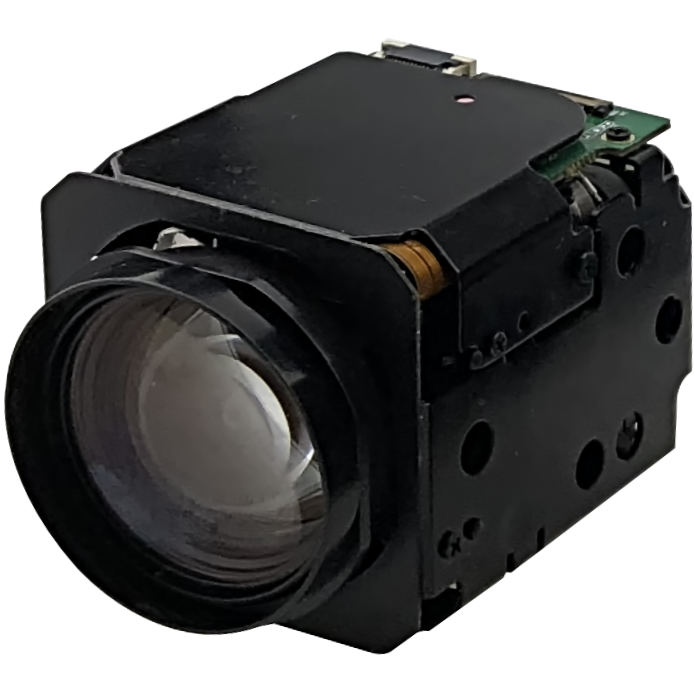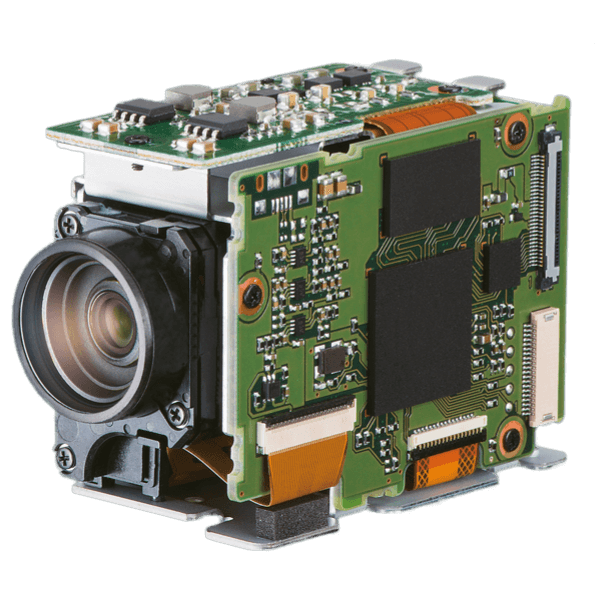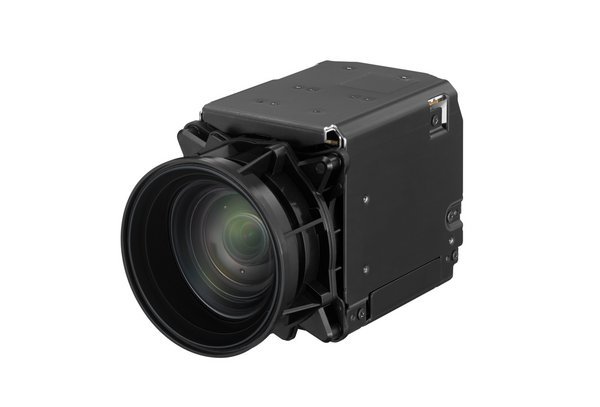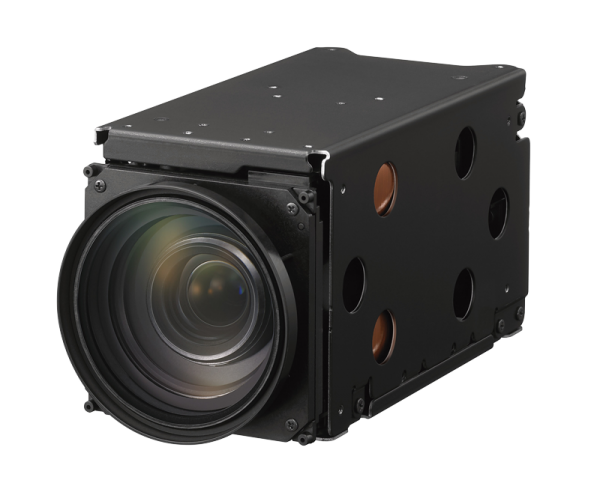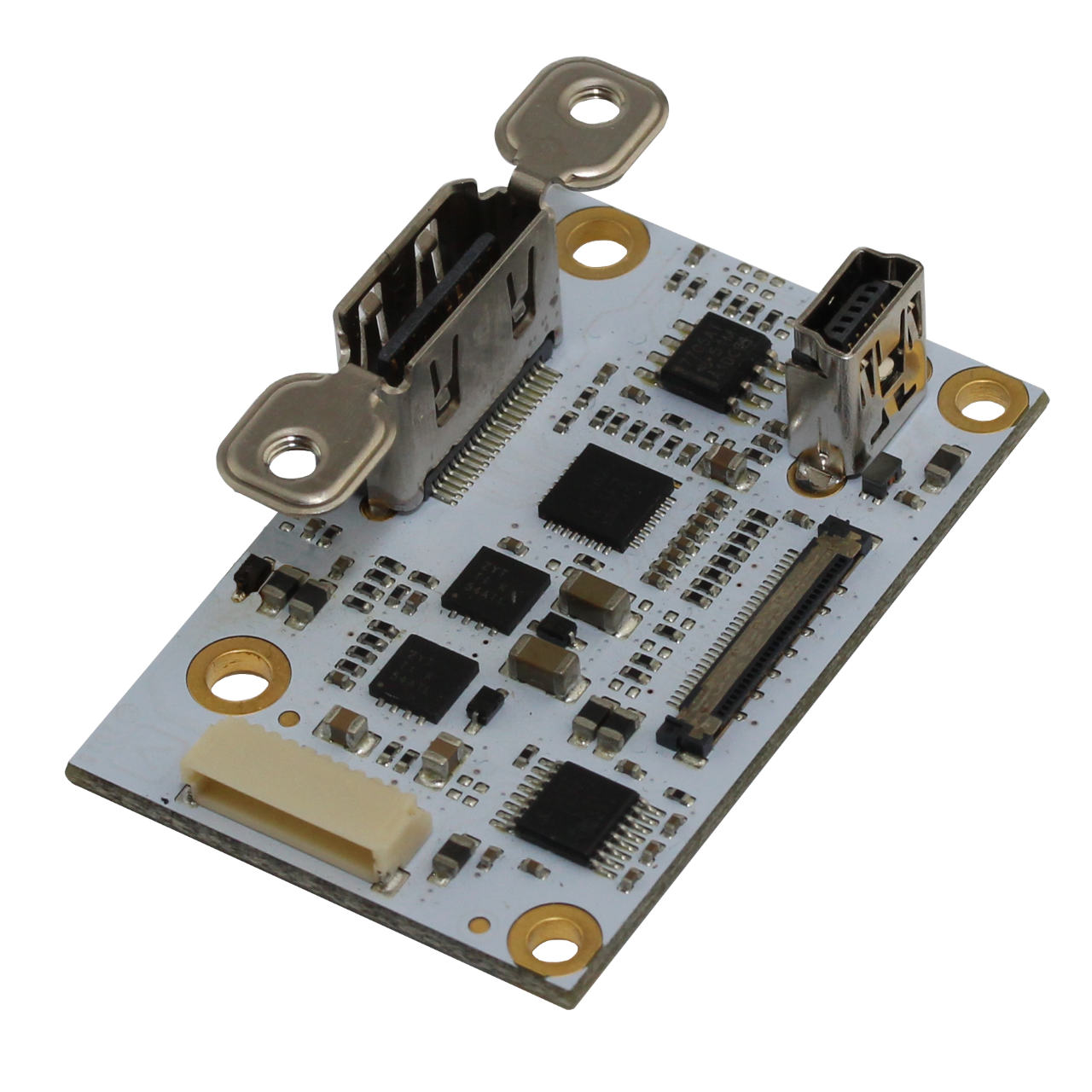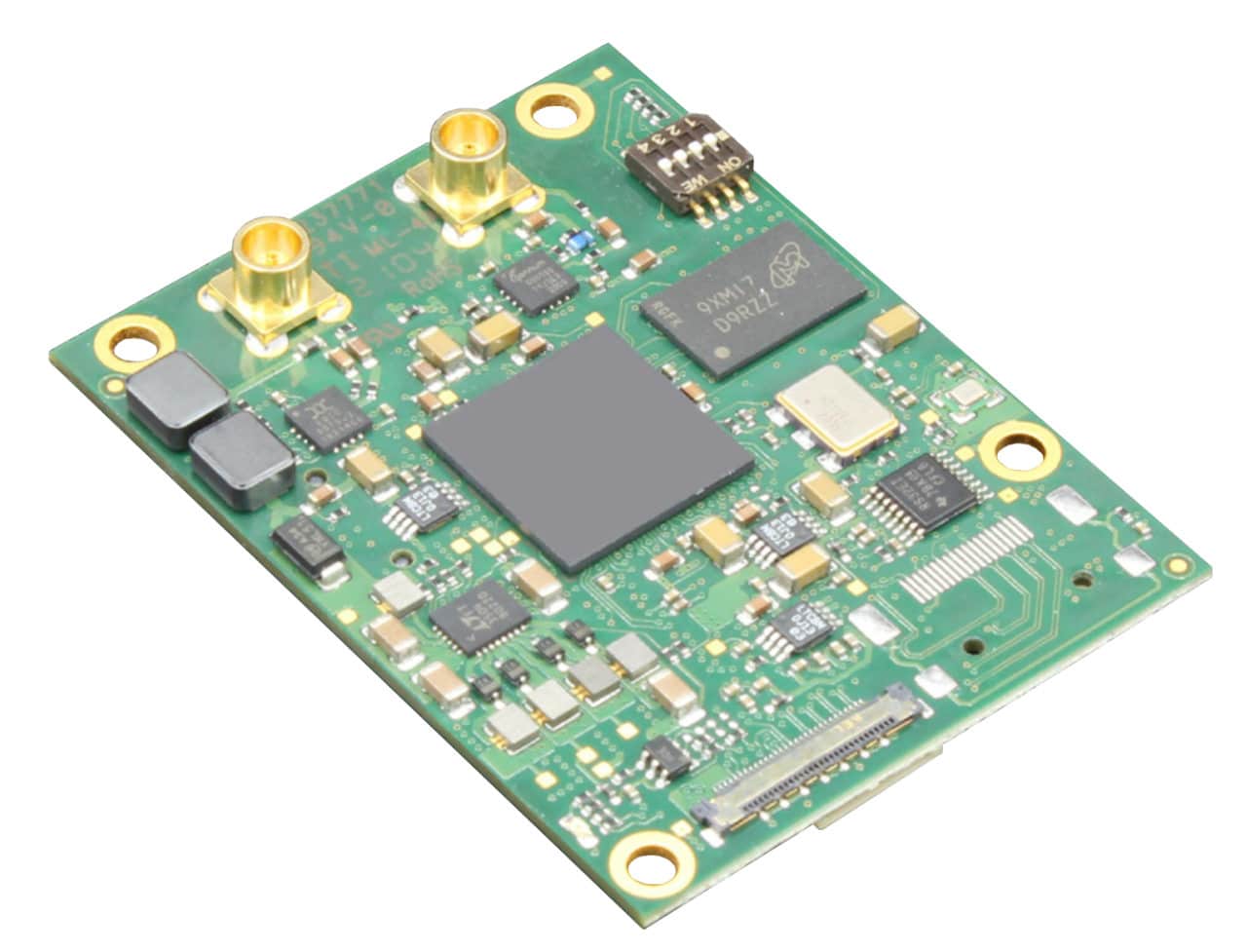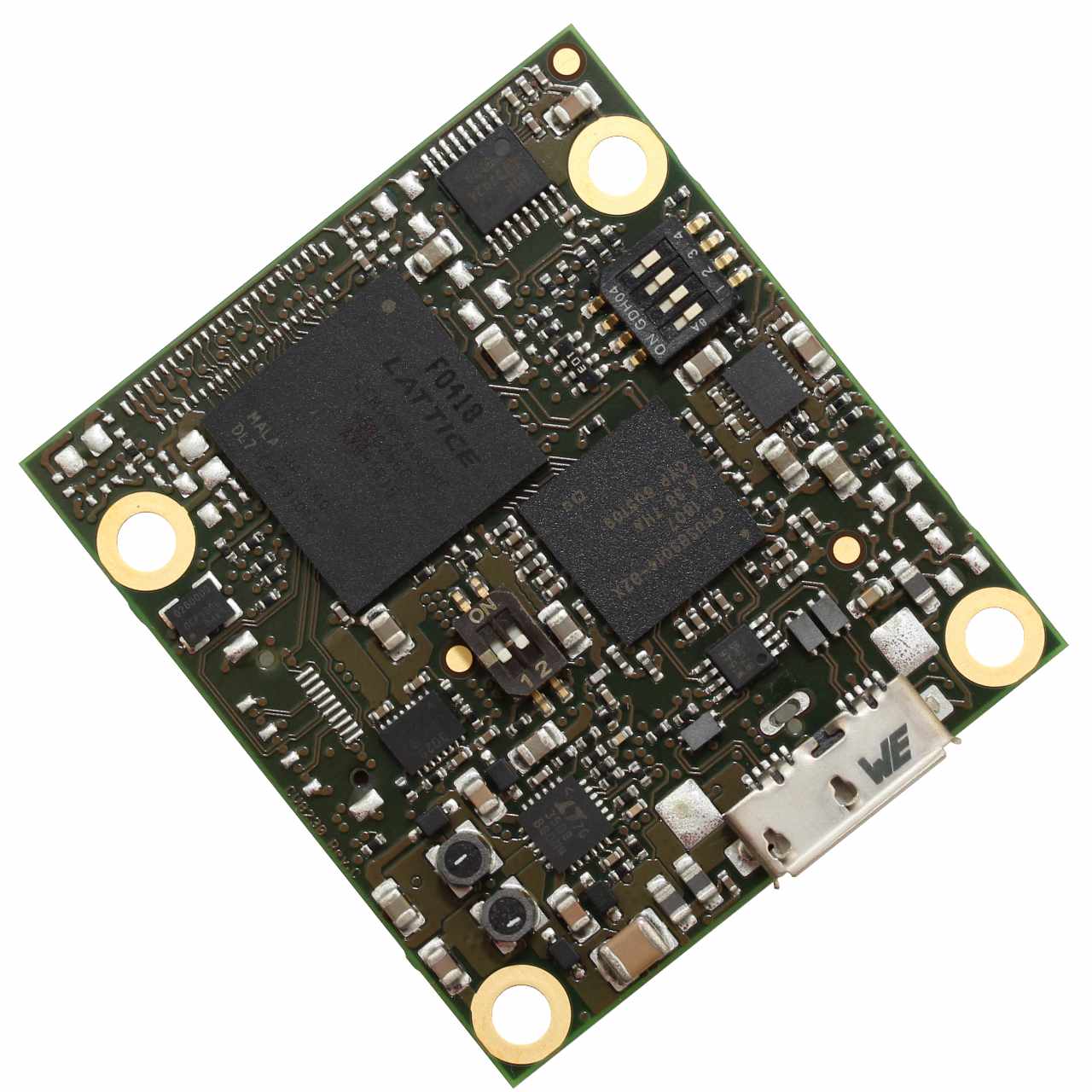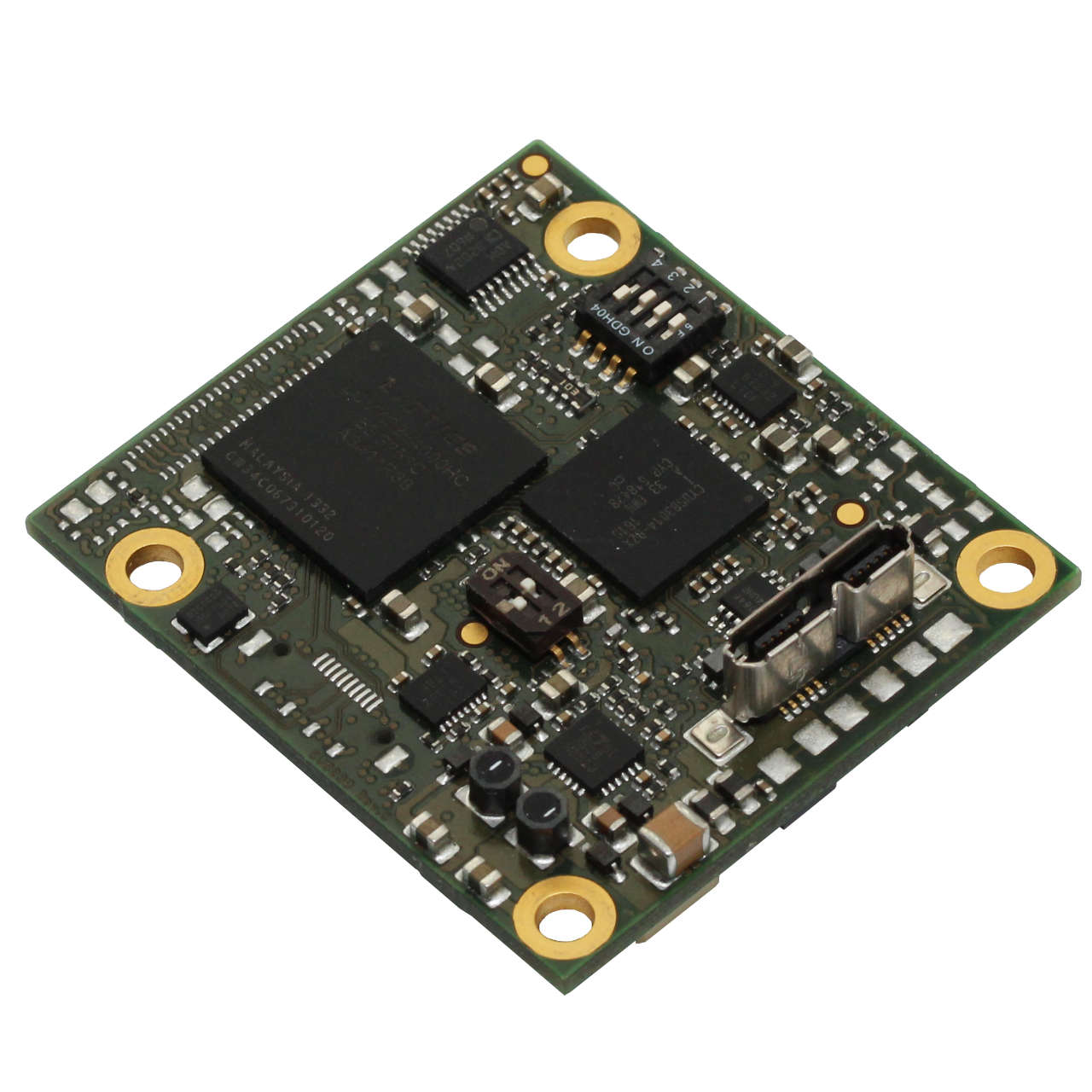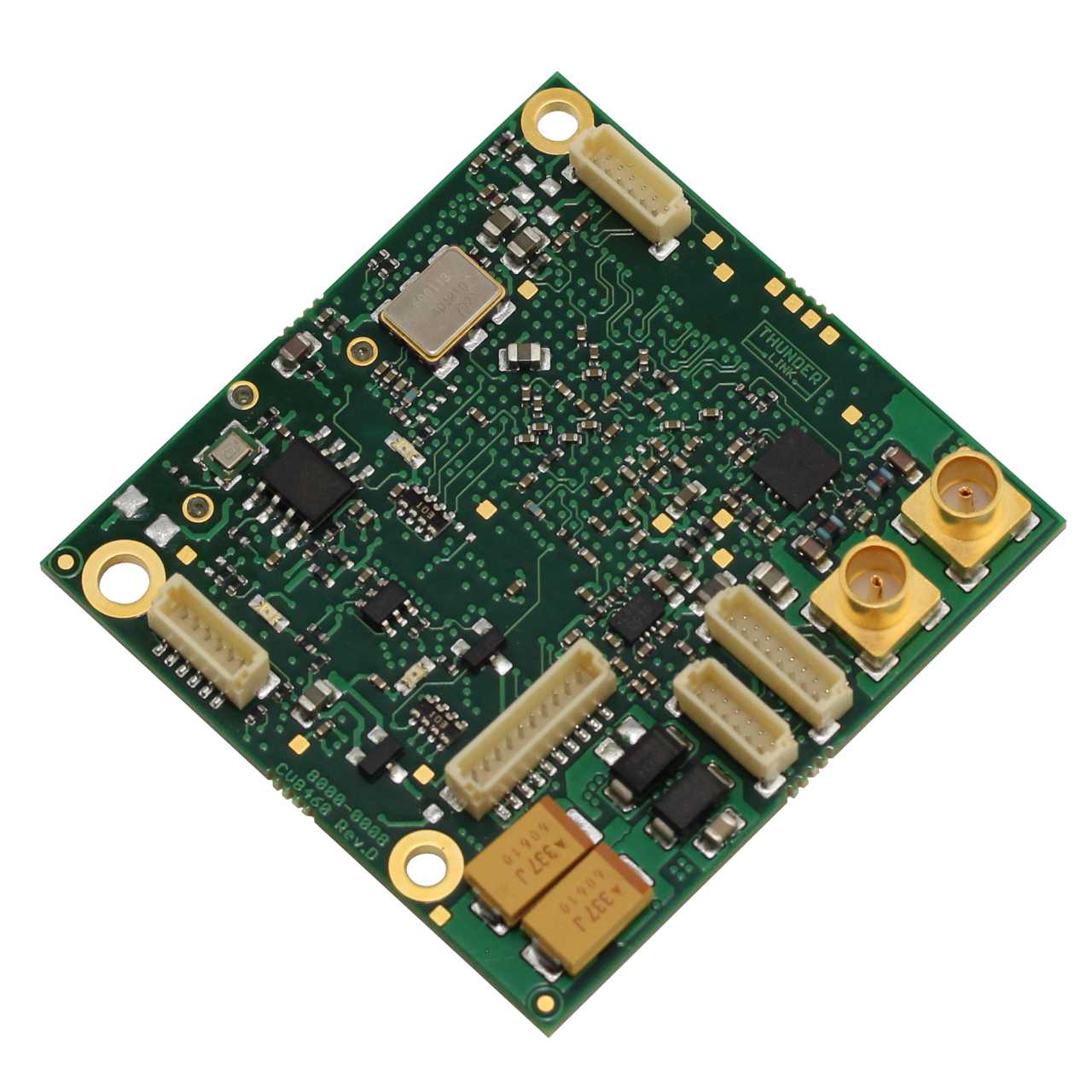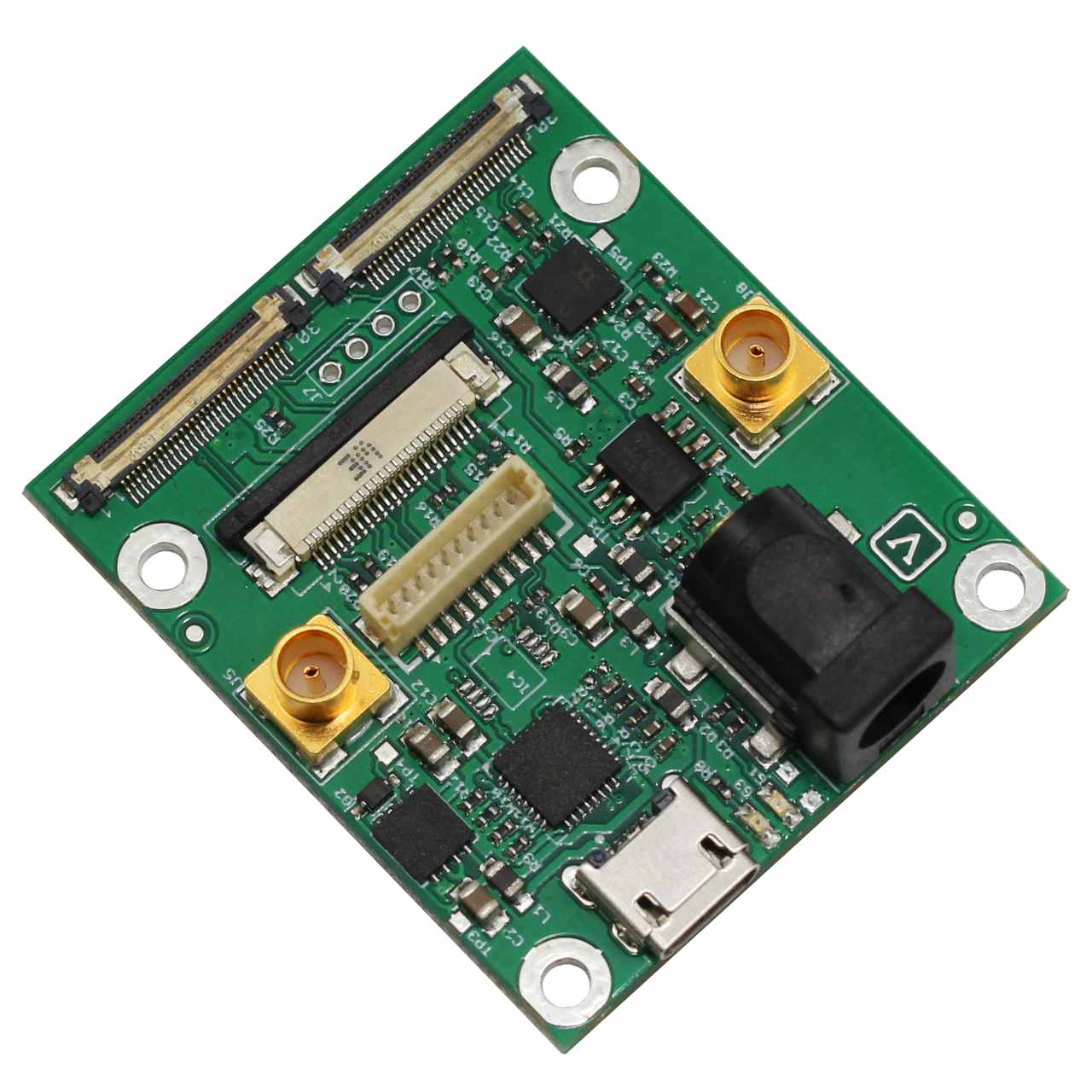Block Camera integration
HDMI, SDI, USB3, Analog, IP based?
Why Block Cameras?
Block cameras have become very popular since they combine some very important features with an open and flexible system architecture. The big strength of block cameras is that they usually come with an optical zoom lens, autofocus capabilities, and a compact housing.
Since different markets require different video standards, most state-of-the-art block cameras provide a 30pin LVDS, HDMI, or MIPI interface. To enable system integrators to select the video transmission standard for their application, AIVION does provide interface solutions for a lot of different block camera models.
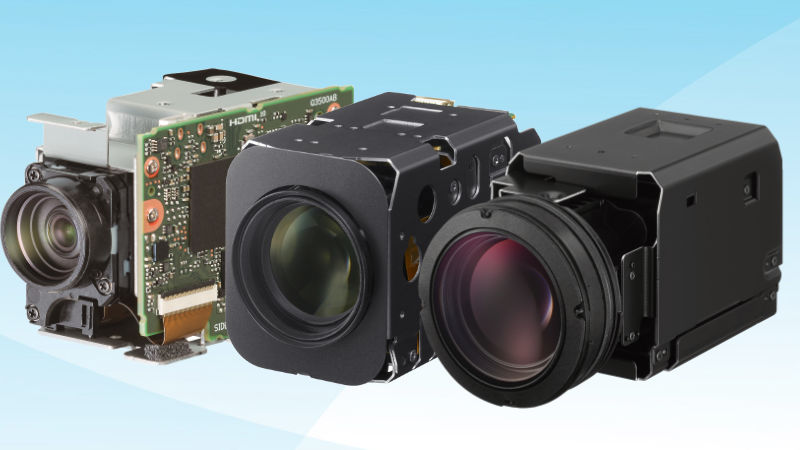
What is the best video transmission standard for my application?
There are many options for how a camera subsystem could be integrated into a product. The reason for the wide range of interfaces is the fact that there is no single standard that has only strengths. There is always a “but”. In an ideal world, system integrators would like to combine the following:
Low latency
High-Quality Video
Without artifacts and noise
High-Resolution
High-Res Video Streams
Low cost of cabling
Many frames per seconds
Low power consumption
Transmission over long Distance
High flexibility
to connect to different types of equipment
Since there is no simple answer to which video transmission is the best, most block camera vendors decided to offer cameras with an LVDS (Low Voltage Differential Signal) interface that, leaves the question of the right video transmission open to the system integrator. Those camera blocks can be combined with many different standard interfaces to create the perfect fit for your system requirements.
Which video transmission do I need?

Latency
The importance of latency is why many block camera integrators use non-IP video transmission. Video signals from most block cameras do provide uncompressed high-quality video signals. Those video signals require a lot of bandwidth. A Full-HD video signal with a resolution of 1920 pixels and 1080 lines transmitted 60 times per second (called 1080p60) requires 3 Gbit of data per second. IP-based video systems use data compression techniques to minimize the needed bandwidth. There are different compression methods like M-JPEG, MPEG4, or H.264. Some standards use compression techniques looking for redundancies within a frame, while others can also use multiple frames to minimize the data. As more frames, a system uses to decode and encode the video stream, as higher the latency usually is. IP-based video interfaces have a higher system latency than non-compression-based USB3, HDMI, SDI, or analog Interfaces.
Image Quality
The image quality depends on the camera block. The important factors are sensor size, sensor sensitivity, lens quality, and image processing in the camera. If the video transmission requires video compression, the interface can have a negative impact on the video quality since compression techniques that are not using visual lossless compression techniques will add artifacts and cost some details in the image. Our USB3, HDMI, or SDI interfaces do not have a negative impact on the video quality since we do not use any compression methods here.
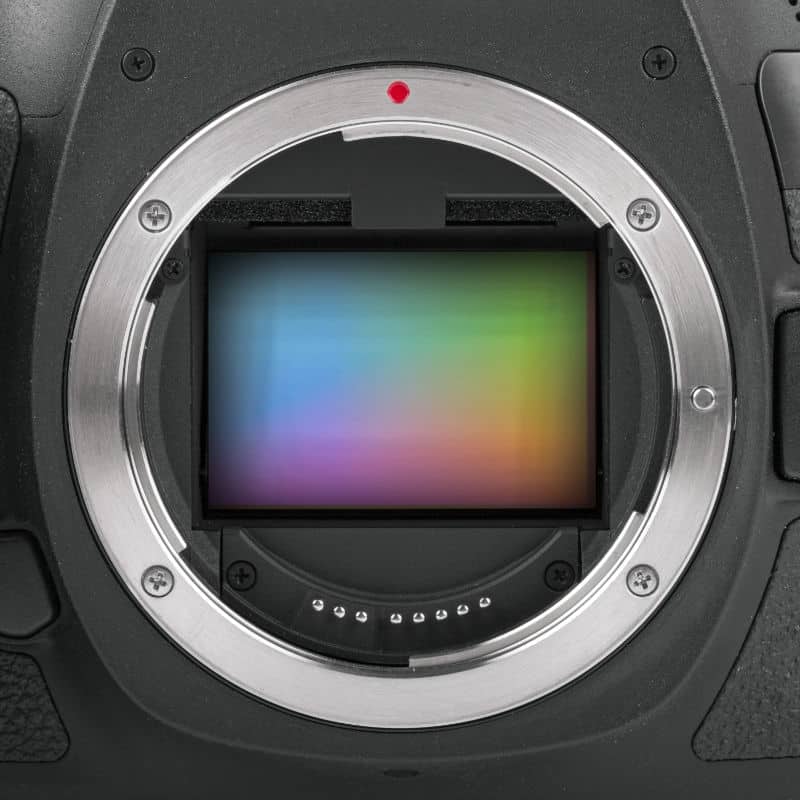
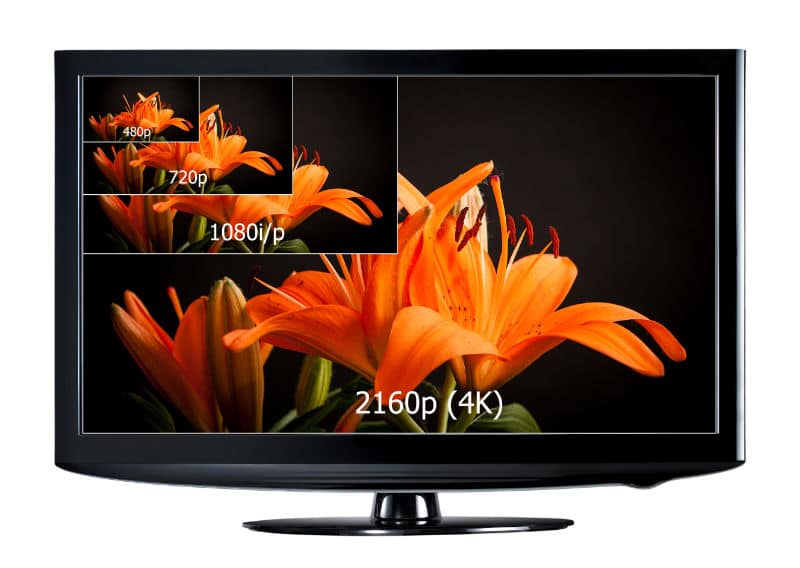
Resolution
The current generations of block cameras are digital cameras with CMOS sensors. Typical resolutions are:
- HD (1280 x 720)
- Full-HD (1920x1080)
- WQHD (2560x1440)
- UHD (3840x1260)
The higher the resolution, the more bandwidth it takes to transmit the uncompressed video stream. Sometimes selecting a specific video standard may exclude a particular resolution. WQHD, for example, can be used for an HDMI interface, but the SDI standard does not specify this resolution. Therefore, our SDI interfaces (coax and fiber) do not support the WQHD resolution. Some cameras group pixels together if a lower resolution is chosen. The advantage of those “larger” pixels is that they can catch more light and improve low-light performance. The downside is the lower resolution. If you use a camera in this mode, it is important that the interface can deal with both modes.
Low cost of cabling
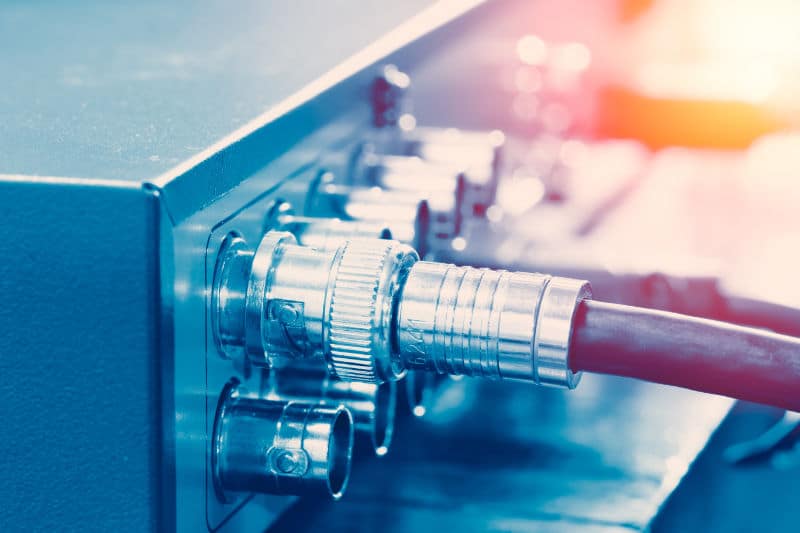

How many frames per second?
The higher the image's resolution and the higher the frame rate of the video, the more bandwidth is required. In SD-SDI Systems (the old PAL or NTSC standards that usually used data rates around 270 Mbit/s), transmission length could be around 300m. The HD-Standards (1.5Gbit/s or 3Gbit/s) typically have not more than 100m. But also here, it makes a difference if the video format is interlaced (only half frames are transmitted) or progressive and if the frame rate is 25, 30, 50, or 60 frames per second. So, the data rate of a 720p25 signal is much lower than that of a 1080p60 video, and the transmission length is longer for the 720p25 than for the 1080p60 video if the same SDI cable is used. But other factors might require specific video settings. Depending on your net's illumination and frequency (220V50Hz or 110V60Hz, for example), your video may flicker if your display has the wrong frame rate. In addition, not every monitor or recorder supports all frame rates. For that reason, most block cameras support multiple frame resolutions and frame rates. But those are a fixed number of supported values. Block cameras usually do not support variable frame rates like five frames per second or 11 frames per second, or whatever an industrial application might need. If such a solution is required, the image needs to get stored in a frame buffer, and a specific frame rate converter is required. This might be a topic for a customized product.
Video Transmission over a long distance
There is no alternative to optical solutions for applications that need video transmission over long distances (a couple of hundred meters or even kilometers), at least if the video is uncompressed. Since compression usually adds a lot of latency and artifacts, many systems require uncompressed video transmission. Depending on the system architecture, it is possible to control the camera system (parameters like zoom, focus, and illumination) through the same coax or fiber cable that transmits the video. To realize these specific interfaces are needed and available from the AIVION brand. For HD-SDI applications that only require medium distances (for example, 30-50m indoors), it is possible to use the Coax cable to provide power! So power, control, and video would go through one single coax cable in that case.

High flexibility to connect to different types of equipment
The combination of block cameras and specific interfaces allow systems integrators to realize an optimized system architecture without developing their own boards and reinventing the wheel. A wide range of different block camera models (from 10x optical zoom to more than 30x optical zoom, from small form factors to larger models with larger sensors, from low prices segments to high-end models) in combination with analog, HDMI, USB3, and 1.5G, 3G or 6G SDI standards do allow to create a nearly perfect fit for a lot of different video system requirements.
HD Block Cameras
Price on request
Price on request
Price on request
Price on request
Price on request
Price on request
Price on request
Price on request
Price on request
Price on request
4K Block Cameras
Price on request
Price on request
Price on request
Price on request
Price on request
AIVION Interfaces
Price on request
Price on request
Price on request
Price on request
Price on request
Price on request
Price on request
Price on request
Price on request
Price on request
Price on request
Price on request
Price on request
Price on request
Price on request
Price on request
Price on request
Price on request
Price on request
Price on request
Price on request




